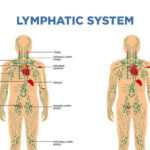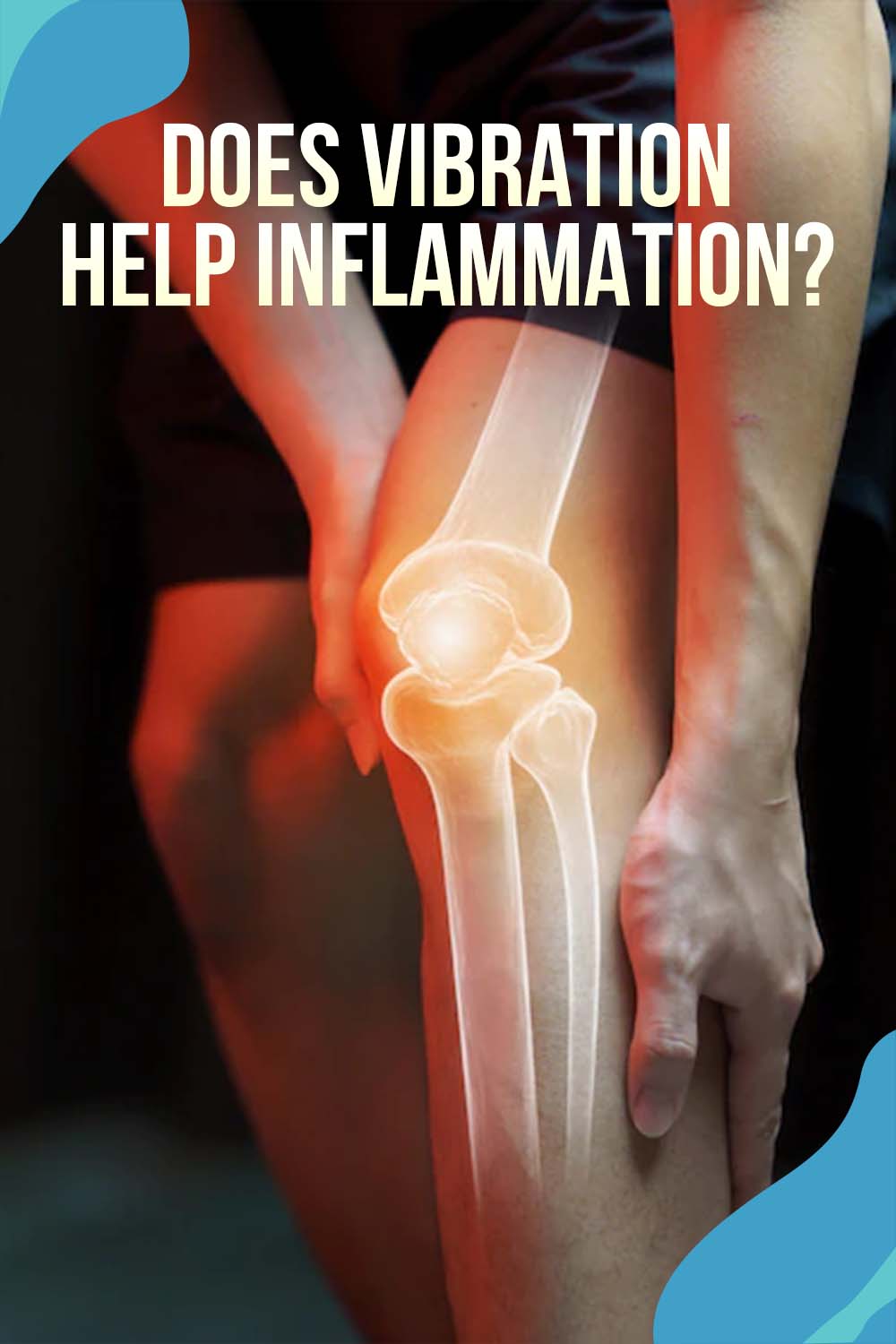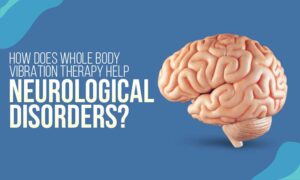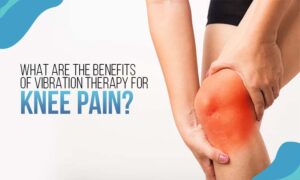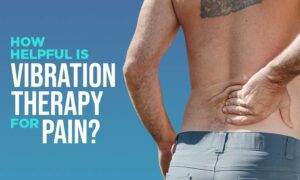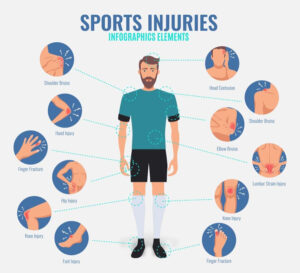What Are the Benefits of Vibration Therapy for Arthritis?
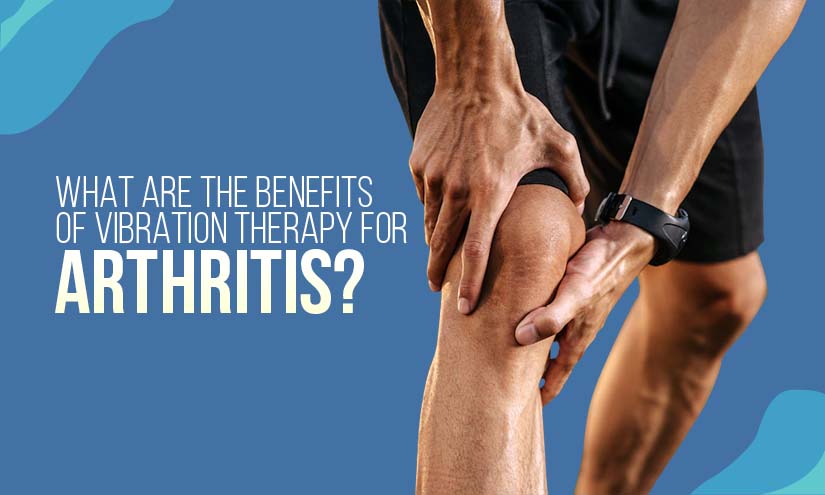
Painful joints, limited mobility, and reduced quality of life – are some of the most common characteristics of arthritis. The condition is distinguished by swelling and stiffness of the joints, which typically get worse with age. Unfortunately, the symptoms of arthritis are experienced by millions of Americans every day, and it seems that there is no way back. Or is it?
Two of the most prevalent forms of the disease are rheumatoid arthritis and osteoarthritis. Pharmacy has indeed gone far when it comes to treating the common illness of the joints, but most of these drugs come with unwanted side effects. Luckily, recent scientific evidence has shown some interesting findings with regards to tackling arthritis without the use of medications.
The intervention is known as vibration therapy for arthritis and is performed on a vibrating plate that produces high-frequency mechanical oscillations. In the following lines, we are going to explore in greater depth the exercise and its benefits for treating the painful joints condition.
Is vibration therapy for arthritis any good?
Vibration therapy (VT), more commonly known as whole-body vibration (WBV), is a type of physical activity that is carried out on a body vibration machine. The machine comprises a vibrating plate that emits high-frequency vibrations, typically within the range of 5 to 40 Hz. These mechanical oscillations travel through the body, benefiting almost every area of it.
So far, scientists have discovered that exercise leads to enhanced muscle power, stronger bones, faster physical recovery, better circulation, aided lymphatic drainage, reduced swelling, and improved body mass index. But this is just the tip of the iceberg. More recent studies, such as this one, have indicated another beneficial effect of vibrating exercise, which is to do with the treatment of arthritis.
So, the answer to the above question is Yes! – vibration has been found beneficial for arthritis, but there are certain aspects that you should keep in mind:
- Frequency – The first and most important is to do with frequency – the mechanical oscillations produced by the plate must not exceed ranges above 40 Hertz. Too high vibration frequencies have been found to negatively affect human health, which is why you shouldn’t go north of 40 Hz.
- Acceleration – The acceleration achieved by the body vibrating machines is expressed in G-force. The letter “G” stands for gravity where 1G equals Earth’s gravitational force, 2G is twice that force, and so on. Researchers have discovered that too much of a G-force can be detrimental to human health, which is why you should stay within the healthy range of 10 – 25 Gs.
- Duration – Prolonged exposure to vibration has also been found to negatively impact human health. This is mainly observed in occupations that involve the use of heavy machinery and vibrating tools. For that reason, you should never attempt to overuse the vibration platform. The biggest range of benefits has been exhibited during exercising sessions lasting between 15 – 30 minutes a day, with a weekly occurrence in the range of 3 – 4 times.
Does vibration make arthritis worse?
Two of the most common issues experienced by people suffering from arthritis are decreased bone density and loss of muscle mass. Both conditions have been found to negatively impact the quality of life and conventional arthritis therapy. What is even more, the lower the bone density in individuals with arthritis, the bigger the pain that they experience. Higher risk of bone and joint fractures have also been observed in such circumstances.
Similar to low bone density decreased muscle mass has been shown to further limit mobility and worsen the symptoms of the arthritic disorder. For that reason, maintaining high bone mineral density and optimal muscle tissue volume is of paramount importance for managing joint illness. Luckily, both aspects could be drastically improved with the implementation of vibration therapy for arthritis.
To summarize, not only that vibration does not make arthritis worse, but it helps alleviate the symptoms of the condition. Here’s how:
- Bone mineral density – Arthritic patients are already struggling with extra pain and moving difficulties. Low bone mineral density can only magnify these issues and further worsen the symptoms of the illness. VT has been exhibited to boost the production of osteoblasts – the cells that are responsible for the formation of new bone. This is extremely important for reducing the progression of arthritis and inhibiting further bone loss.
- Muscle mass – As previously mentioned, vibration therapy for arthritis is performed on a machine known as a vibration plate. The device emits high-frequency vibrations through the body when you stand, sit, or lay down on it. As a result, your muscles must work harder to maintain your body stable and upright. The ultimate result is much higher muscle contractions, compared to regular exercise, which with time lead to an increased muscle mass and muscle power.
Does vibration help inflammation?
Inflammation is the human body’s natural protective response against external invaders, such as bacteria and viruses. In some circumstances, however, inflammation can occur due to other factors like autoimmune disorders. Autoimmune disturbances in the body are characterized by a false immune response, during which the immune system attacks its host’s tissues and cells, resulting in swelling in the affected area.
If ignored for prolonged periods, inflammation can lead to other serious health problems, including osteoarthritis and rheumatoid arthritis. Even though there is a large number of drugs and interventions for tackling such conditions, not all of them have proven beneficial over time. More recent studies have discovered promising results in addressing inflammation with the use of whole-body vibration.
Researchers have indicated that WBV leads to an increase in the number of macrophages in the organism. These are a type of immune fighter-cells that have been found to exhibit inflammation-suppressing properties. Furthermore, the regular use of the vibrating plate has been linked to a higher interleukin-10 (IL-10) production. IL-10 is an anti-inflammatory cytokine that, similarly to macrophages, leads to reduced levels of body inflammation.
How does vibration benefit rheumatoid arthritis physical therapy?
Rheumatoid arthritis (RA) is a medical condition that is characterized by ongoing pain, swelling in the joints, and limited mobility. The limited ability to move, in its turn, can further cause a reduction in bone mineral density and bone mass. The ultimate result is a reduced quality of life and difficulties performing routine daily tasks.
One of the most useful interventions for tackling the symptoms of RA is regular physical activity. Unfortunately, patients suffering from this condition often experience difficulties performing a conventional exercise. This is where whole-body vibration comes in. The vibration plate rheumatoid arthritis link has been studied extensively over the past decade and the outcomes are pretty promising.
Unlike traditional physical activity, WBV requires almost no effort from the individual performing it. All that patients need to do during VT is to stand, sit, or lie down on the platform and let the vibrations do their job. 15 – 20 minutes a day, 3 – 4 days a week are perfectly enough. In the beginning, you can start at a lower frequency level and adjust the setting as you progress. In case you are not sure, it is recommended that you speak with a specialist in the field.
The scientific data indicates that the regular implementation of vibration therapy leads to improved functional mobility, increased bone, and joint strength, raised muscle mass, reduced fatigue levels, and decreased swelling. Additionally, the exercise has exhibited pain-diminishing properties, by soothing the body’s pain receptors.
Summary
Arthritis is an extremely unpleasant medical condition, which affects the joints in our bodies. The illness impacts our ability to move around and perform our daily tasks, thus leading to a significant reduction in the quality of our lives. Stiffness, swollen joints, and constant pain are just some of the disease’s symptoms that are experienced by millions of Americans almost every day.
Luckily, scientists keep finding new and better methods for tackling arthritis and improving the lives of those who suffer from the illness. One of the latest additions in that direction is the body vibrating plate and the activity which is performed on it, namely whole-body vibration. So far, the results have been pretty positive, and hopefully, the future findings will bring more good news. Stay healthy!
References (in order of appearance)





